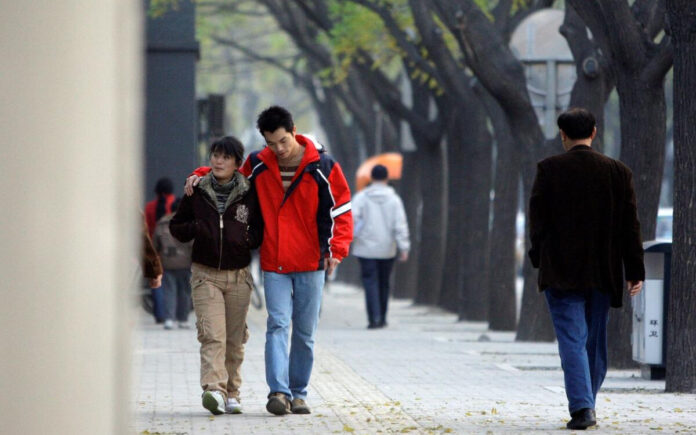Hong Kong: Official data indicates that the number of Chinese couples getting married in the first half of this year has reached its lowest level since 2013. The decline reflects broader trends of young people postponing marriage amid economic slowdowns and rising living costs.
According to marriage registration data, 3.43 million couples tied the knot in the first six months of the year—a decrease of 498,000 compared to the same period last year. This drop in marriage rates is closely linked to the number of births, which is a growing concern for policymakers aiming to reverse the country’s long-term population decline.
Marriage is often seen as a precursor to childbirth in China due to various incentives and policies. For instance, parents need to present a marriage certificate to register their child and access state benefits. However, many young Chinese are choosing to remain single or delay marriage due to poor job prospects and uncertainty about the future as the country’s economy continues to slow.
Since 2014, marriage rates in China have been on the decline. Although there was a brief uptick in 2023 following the easing of pandemic restrictions, the rate for this year is expected to fall to its lowest level since 1980. Demographic expert He Yafu told the Global Times that the decline in marriage registrations can be attributed to a shrinking youth population, a gender imbalance among the marriageable population, high costs associated with marriage, and changing societal attitudes.
Also Read | Russian Service Sector Activity Rebounds in July, PMI Data Shows
He Yafu commented, “The declining trend in China’s birth rate in the long run will be difficult to fundamentally change unless substantial childbirth support policies are implemented in the future to address this challenge.”
In response to these trends, China’s Civil Affairs University has launched a new undergraduate program focused on marriage-related industries and culture. This move has been met with skepticism on social media, with many questioning the relevance of such a program given the ongoing decline in marriage rates.



